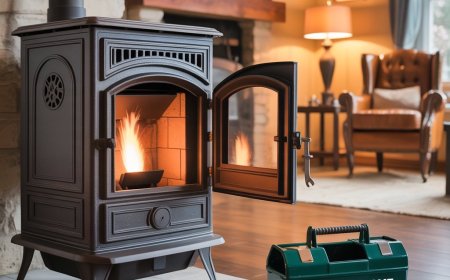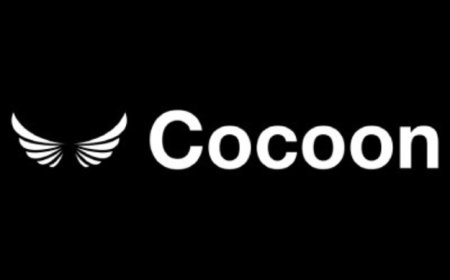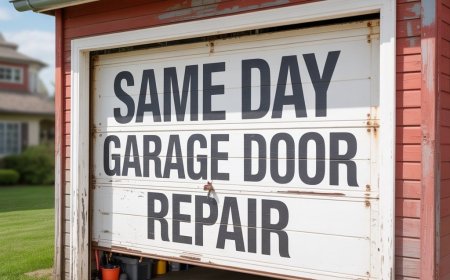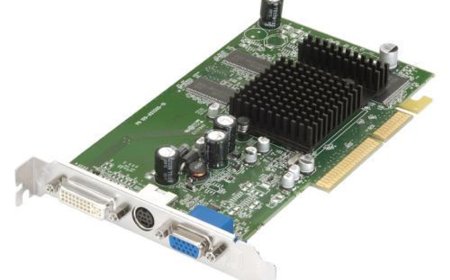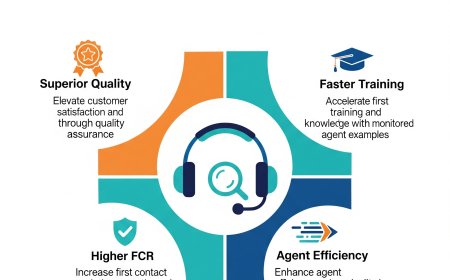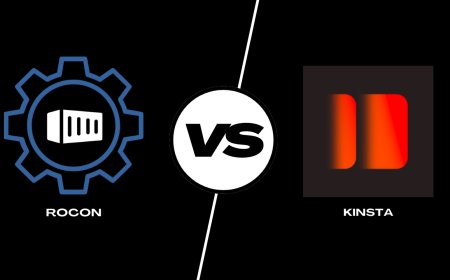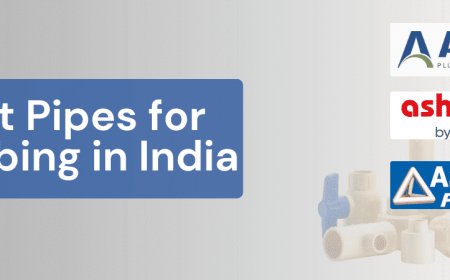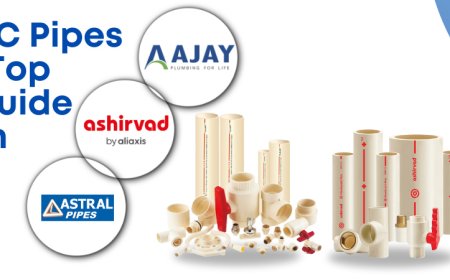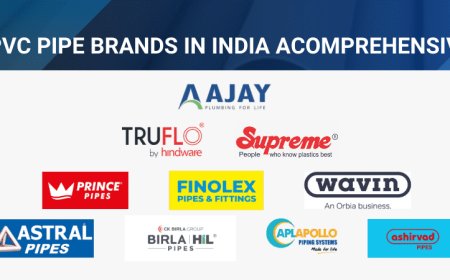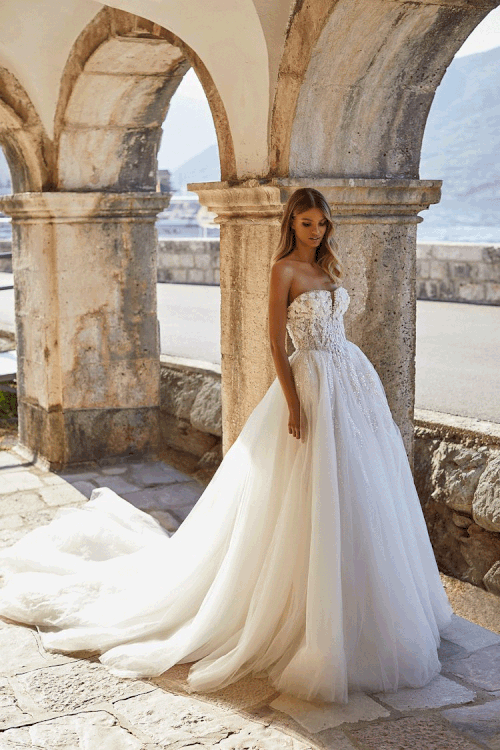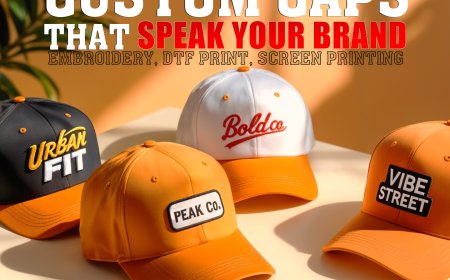What Features Actually Matter Most When Buying a Scope?

Choosing the proper rifle scope can be overwhelming. Its like wandering into a maze with no exit signs. Theres, like, a million brands, every spec under the sun, and price tags. Youre out there to hunt, compete, or just blast holes in paper targets for fun, so yeah, you want something that actually works for you, not just whatever some shiny and is pushing.
Honestly, many people focus on the Leupold rifle scope for sale. Why? Because they dont crap out in the middle of nowhere, and the glass is crisp enough that even your buddy with terrible eyesight cant complain. Leupolds got a rep for being tough and just doing what its supposed to do. When youre sifting through all the options, dont get sucked in by buzzwords. When browsing for scopes, its essential to focus on the features that affect your shooting experience, not just marketing terms.
Magnification: How Much is Enough?
Magnification is perhaps the most observed aspect of any scope. But more, in this case, is not necessarily better. A 3-9x range of magnification works for most hunting purposes. If you shoot at longer ranges, you might need something like a 5-25x scope. Think about your typical shooting distance. Don't waste money on magnification if you never shoot beyond 300 yards.
Fixed vs. Variable Power
Fixed power scopes have one fixed magnification, say 4x. Fixed power scopes are simple and will also be more rugged. Variable scopes, such as 3-9x or 6- 24x, allow you to change the zoom depending on the range. Variable power scopes are often the preference of most modern-day shooters because they are so versatile. Fixed power scopes are lighter and even cheaper at times.
Objective Lens: Light Matters
The objective lens (front lens) controls how much light the scope lets in. Bigger lenses (such as 50mm) let in more light and produce a brighter image. But they are heavier. A 40mm lens is a great one for most individuals. Not always a big lens, but good glass. More precise optics are better than size.
Lens Coatings: Clearer View, Less Glare
Lens coatings further reduce glare and improve light transmission. The best are fully multi-coated lenses. You will get a clear picture, even in low light. Don't compromise on quality for price. The higher the quality of the coating, the better the shot you get.
Scope Reticles: Choose What You Know
There are numerous reticle types, including Duplex, Mil-Dot, BDC, and others. Choose one that suits your shooting style. Simple reticles are best suited for hunting. Complex designs are best suited for long-range shooting. Ensure the reticle does not divert your attention from the target.
Focal Plane: First or Second
Scopes are either First Focal Plane (FFP) or Second Focal Plane (SFP) in design. FFP reticles get larger and smaller as you zoom in and out. They enable you to make exact range changes at any zoom level. SFP reticles don't change size, so they are ideal for new shooters. FFP is ideal for tactical or long-range shooters.
Windage and Elevation Turrets: Make Adjustments Count
These knobs let you adjust the point of impact for your bullet. Look for scopes that have crisp, tactile clicks. Some turrets have a reset to zero. That's a handy feature if you're switching between distances. Don't neglect turret quality, it plays a gigantic role in accuracy.
Parallax: It's Not Just for Experts
Parallax adjustment holds your target in the sights at varying ranges. If you're shooting more than 150 yards, you need this. Side or fixed parallax objectives and scopes are provided by some scopes. Adjustable parallax is required in long-distance shooting.
MOA vs. MRAD: Pick One and Stick to It
MOA (Minute of Angle) and MRAD (Milliradian) are both units of scope adjustment. MOA is common in the United States, while MRAD is found among tactical and European communities. Neither is superior to the other. Consistency is what matters. Master one system and stick to it.
Eye Relief: Protect Your Face
Eye relief is the distance from the eye to the scope. Increased eye relief protects against recoil. It's required on high-caliber rifles. You at least want 3.5 inches. Less than that will cause "scope bite."
Brand Matters: Trust the Pioneers
When you're in the market for a rifle scope, it matters to get the right brand. As an example, CS Tacticals is a perfect spot for high-end optics. They offer top brands, professional advice, and help shooters pick the optimal scope for their specific use. You can get a Nightforce scope for sale. Nightforce scopes are renowned for uncompromising accuracy, unbreakable toughness, and breathtaking optics. You'll notice the difference with every shot.
Choosing a scope? It's not merely about dumping a huge pile of money or getting sucked into some gaudy advertisement. You want to think about those things that really matter with your shooting technique. Determine what you want to accomplish, scope out the requirements you need, and don't be in a hurry. If you're salivating over a Leupold or eyeing a Nightforce, take what assists you in hitting your target. Ignore the hype. Appearance is irrelevant if you can't put your shot on target.










